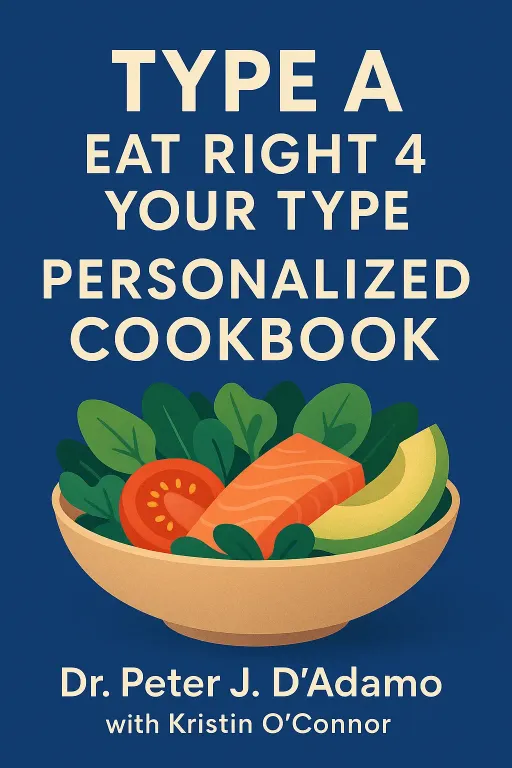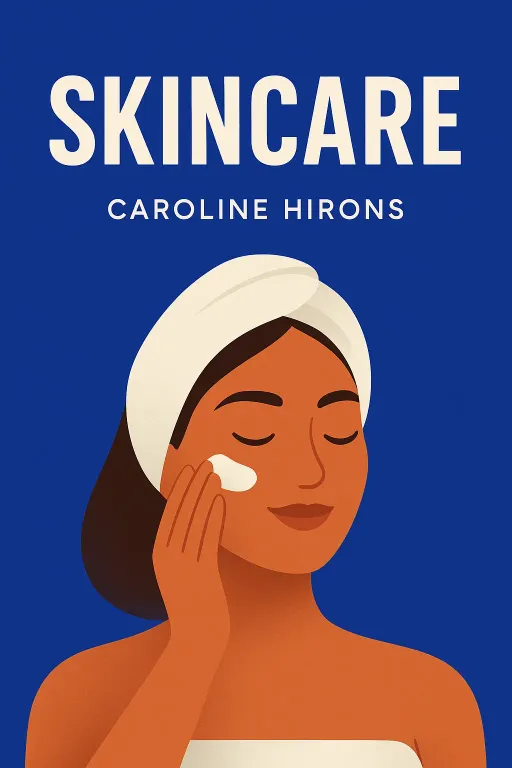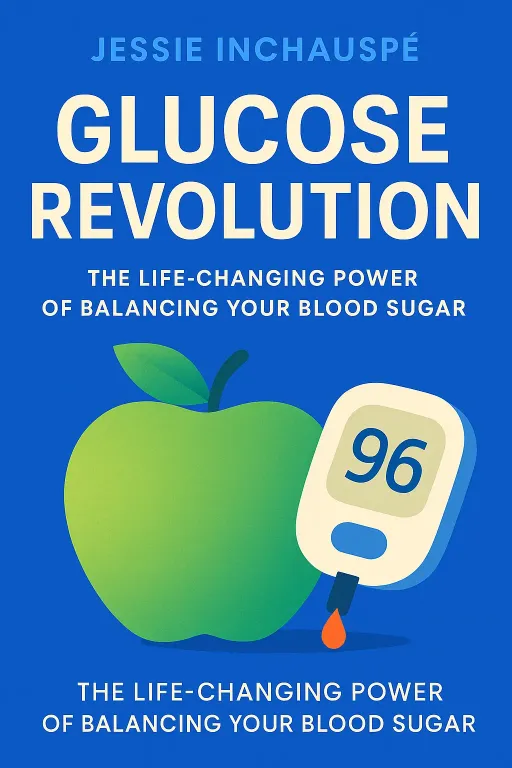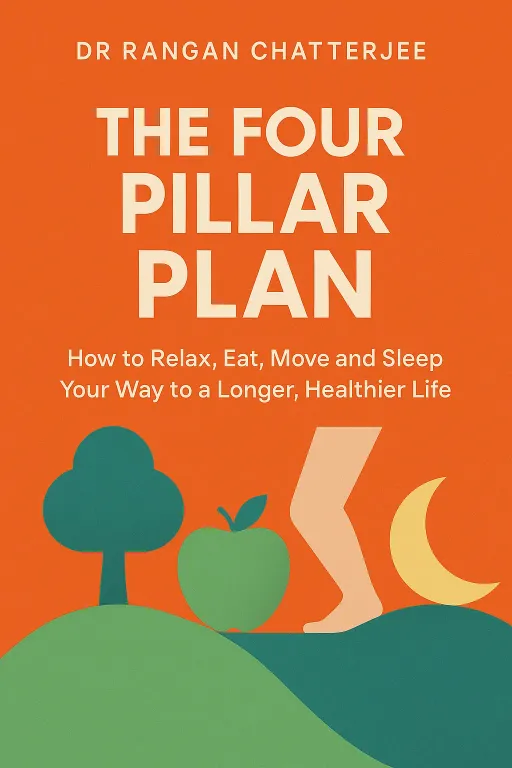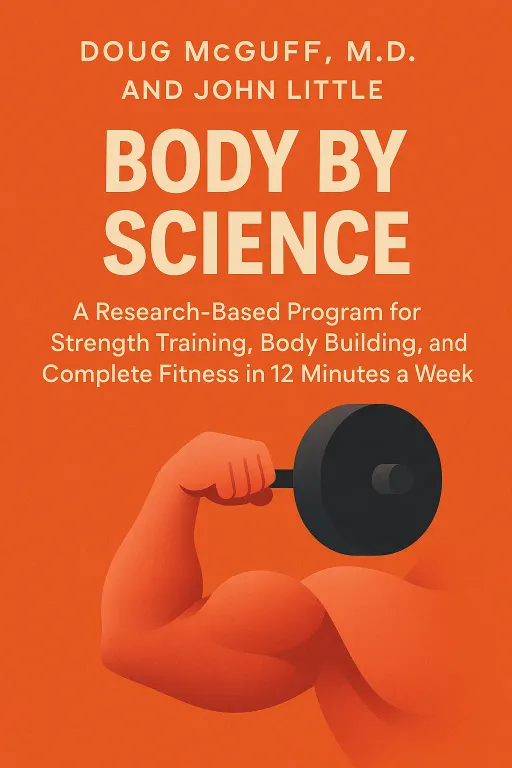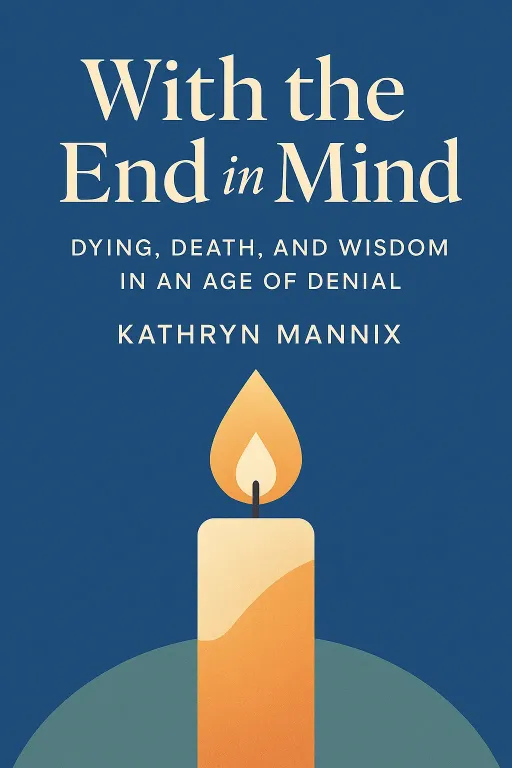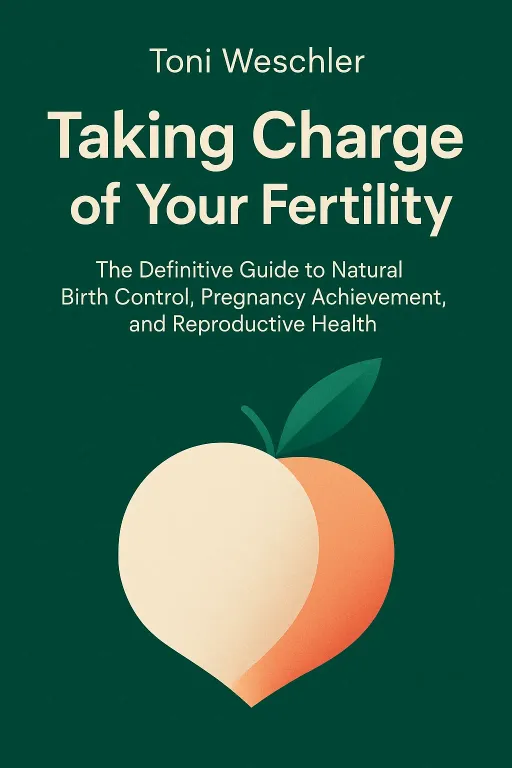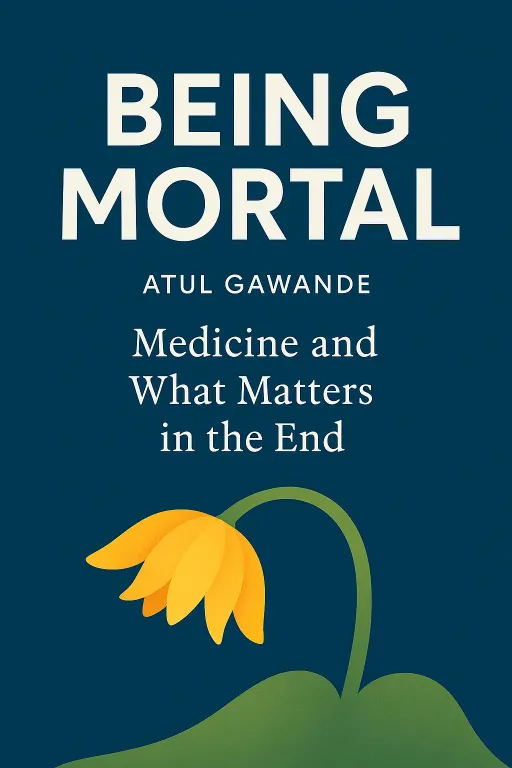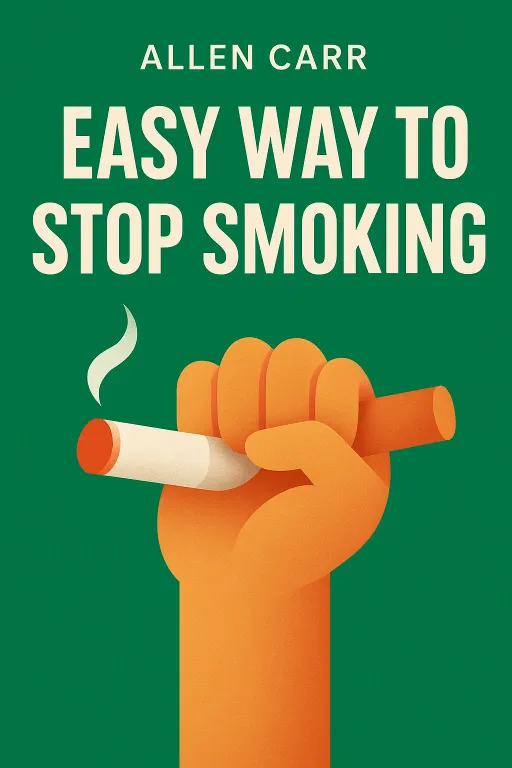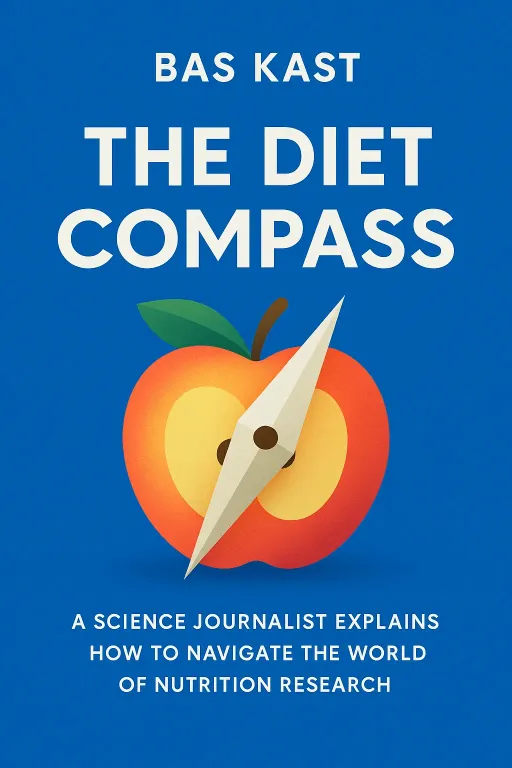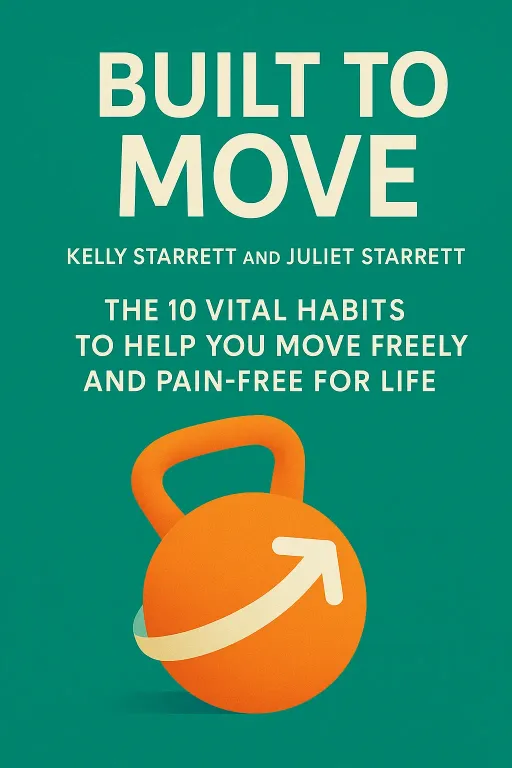
Built for a Century: Unlocking Lifelong Mobility and Nutritional Wisdom
13 minGolden Hook & Introduction
SECTION
Orion: Imagine two people. One is seventy-seven, and they've just spent the morning shoveling snow before heading out to go sledding with their grandkids. The other is in their late fifties, and they feel like their body is suddenly, inexplicably falling apart. What's the difference? It's not luck. According to the book 'Built to Move,' it's a set of skills—skills we've forgotten but can relearn.
dream peng: That's such a powerful opening image, Orion. It gets right to the heart of what we all hope for as we age—not just a long life, but a functional, joyful one.
Orion: Exactly. And that's what we're exploring today. We're diving into "Built to Move" by Kelly and Juliet Starrett, a book that offers a blueprint for building a body that lasts. And I'm thrilled to have dream peng here with me. With your background in nutrition and your interest in general knowledge and resilience, this feels like the perfect conversation. I know you’re an admirer of figures like Ruth Bader Ginsburg, who really embodied that spirit of late-life vitality.
dream peng: Absolutely. RBG’s commitment to her physical training wasn't about aesthetics; it was about showing up, being capable, and serving. It was functional. And I think that's what this book seems to tap into.
Orion: It does, perfectly. So today we'll dive deep into this from two perspectives. First, we'll explore the lost art of foundational movement and a simple test that could predict longevity. Then, we'll uncover the hidden systems behind mobility, focusing on how nutrition and even the way we breathe are crucial for a pain-free life.
Deep Dive into Core Topic 1: The Lost Art of Foundational Movement
SECTION
Orion: So, dream peng, let's start with that first idea. The book argues we're so focused on 'exercise'—going to the gym, running marathons—that we've forgotten basic 'movement.' And the primary example they give is a test that's both simple and, frankly, shockingly predictive. It's called the Sit-and-Rise Test.
dream peng: I'm intrigued. It sounds deceptively simple. How does it work?
Orion: It is. You stand in the middle of a room, and the goal is to sit down into a cross-legged position and then stand back up, using as little support as possible. You start with a perfect score of ten—five points for sitting, five for standing. But every time you use a hand, a knee, an forearm, or the side of your leg for support, you lose a point.
dream peng: Okay, so it’s a measure of efficiency and balance.
Orion: Precisely. And here’s where it gets wild. In 2014, a team of Brazilian researchers published a study. They had over 2,000 people, aged fifty-one to eighty, perform this exact test. They then tracked them for just over six years. The findings were staggering. For every point a person scored lower on the test, they had a 21% increase in mortality from all causes. People who scored in the lowest range—zero to three points—had a mortality rate more than five times higher than those who scored in the top range of eight to ten.
dream peng: That's incredible. It’s a perfect example of a functional metric. It's not measuring your one-rep max on a bench press; it's measuring your ability to navigate the world. When you break it down, that single movement assesses so many things at once: hip mobility, leg strength, core stability, motor control, and balance.
Orion: You've nailed it. All things that we lose in our chair-bound, modern lives.
dream peng: And it directly relates to one of the biggest threats to longevity in older adults: falls. A fall that results in a hip fracture can be a devastating, life-altering event. The physical capacity to pass the Sit-and-Rise test is the very same capacity that allows you to catch your balance, or if you do fall, to get back up independently. It's a proxy for resilience.
Orion: The book calls it a 'Vital Sign' for movement, just like blood pressure is a vital sign for cardiovascular health. And their solution isn't to tell you to go do a hundred squats. It's to 'rewild' the body. Their primary prescription is astonishingly simple: spend at least thirty minutes a day sitting on the floor.
dream peng: Which makes perfect sense from a systems perspective. A chair is a static box. It holds you in one position. The floor is dynamic. When you sit on the floor, you're constantly fidgeting, shifting positions—from cross-legged, to one leg out, to kneeling. You're forcing your hips and spine through ranges of motion they never experience in a chair.
Orion: You’re basically doing a low-level mobility session without even thinking about it.
dream peng: Exactly. It reminds me of the research on 'Blue Zones'—the areas around the world where people live the longest, healthiest lives. A common thread isn't gym memberships; it's that their environments naturally encourage movement. They garden, they walk up hills, they don't have all the modern conveniences that save us from moving. The Okinawans, for example, traditionally sat on the floor. This idea of 'rewilding' your living room is the same principle. It's about engineering your environment to restore natural human function.
Orion: That's a brilliant connection to the Blue Zones. You're not adding a new, difficult task to your day. You're just changing the context of something you already do—sitting.
dream peng: It lowers the barrier to entry to almost zero. You don't need special clothes or equipment. You just need a floor. It’s a very inclusive approach to health.
Deep Dive into Core Topic 2: Fueling the Machine
SECTION
Orion: And that idea of an 'environment that encourages health' leads us perfectly to our second point: the hidden systems that support all this movement. The book says you can't just mobilize your joints; you have to fuel the machine. And dream peng, this is right in your wheelhouse, starting with nutrition.
dream peng: I'm glad they make that connection so explicitly. The body is one integrated system. You can't separate the musculoskeletal from the metabolic.
Orion: They propose something called the "800-Gram Challenge." The goal is simple: eat 800 grams, by weight, of fruits and vegetables every day. That's it. No other rules.
dream peng: I love that. From a nutritional science and behavioral standpoint, it’s genius. Most diets are based on restriction—don't eat this, avoid that—which often leads to failure and feelings of guilt. This is based on addition. It focuses on what to include, and by focusing on that, you naturally crowd out less nutrient-dense foods.
Orion: So you just don't have as much room for the junk food.
dream peng: Precisely. And hitting that 800-gram target does a few critical things for mobility. First, you're flooding your body with a huge diversity of micronutrients—vitamins and minerals that are co-factors in every process, including energy production and tissue repair. Second, you're getting a massive dose of phytonutrients, which are plant compounds that help the body manage inflammation. You can't have good, pain-free movement if your joints and tissues are in a constant state of low-grade inflammation. And third, the fiber is crucial for gut health, which we now know is the command center for the immune system and inflammation. So, this one simple rule directly supports the body's ability to repair itself and move freely.
Orion: So the food is literally building the resilient tissues and calming the system down. It's not just abstract 'health.' It's tangible.
dream peng: Absolutely. It's the raw material for a durable body.
Orion: But here's the twist. The book argues it's not just about the fuel you eat. It's also about the fuel you breathe. They make a surprising connection between mobility, stability, and the simple act of breathing. To illustrate it, they tell the story of Wes Kitts, an American Olympic weightlifter.
dream peng: Okay, you have my attention.
Orion: Wes was incredibly strong, but he had a terrifying problem. During major competitions, in the middle of a heavy lift, he would sometimes just... pass out. Drop the weight, collapse on the platform. The doctors couldn't find anything wrong with him. It turned out his problem was his breathing. He was holding his breath so intensely to create stiffness in his trunk—what's called the Valsalva maneuver—that he was starving his brain of oxygen. He couldn't do both at once: be stable and ventilate.
dream peng: A classic system failure. He was prioritizing one function—stability—at the total expense of another—oxygenation.
Orion: Exactly. So he had to retrain his breathing from the ground up. He learned to use his diaphragm to create internal pressure and brace his spine, while still being able to sip in air through his nose. It was a game-changer. He not only stopped passing out, but at the 2020 Tokyo Olympics, he went on to set a new American record in the snatch. He lifted 177 kilograms—that's 390 pounds—over his head.
dream peng: That story is a perfect microcosm of a principle that applies to everyone, not just Olympic lifters. The connection between breathing and the nervous system is one of the most under-appreciated aspects of health.
Orion: How so? What's happening under the hood?
dream peng: Well, the way you breathe is a direct signal to your autonomic nervous system. When you're stressed, you tend to take shallow, rapid breaths using your chest and mouth. This reinforces the 'sympathetic' or 'fight-or-flight' response. Your heart rate goes up, your muscles tense, your pain perception heightens. The book's recommendation—slow, deep, nasal breathing that moves the belly—does the opposite. It stimulates the vagus nerve and activates the 'parasympathetic' or 'rest-and-digest' system.
Orion: So it’s a manual override for your body’s stress level.
dream peng: It's a direct lever. For Wes Kitts, it was the difference between passing out and setting a record. For the average person sitting at a desk all day with chronic neck and back pain, learning to breathe this way can be the difference between feeling constantly tight and tense, and feeling stable and relaxed. If you can't breathe well in a certain position, as the book says, you don't 'own' that position. Your nervous system will protect you by creating stiffness and pain. It's a protective mechanism that has become maladaptive in our modern world.
Synthesis & Takeaways
SECTION
Orion: That is such a clear explanation. So, when we pull back and look at the big picture from 'Built to Move,' what we're really seeing is a two-part blueprint for durability. It's not about punishing workouts. It's about, first, reclaiming the foundational, natural human movements we've lost, like simply getting up and down from the floor.
dream peng: And recognizing that our ability to do so is a vital sign of our overall health and longevity.
Orion: And second, it's about supporting that entire system with the right fuel—both from our plates, with nutrient-dense foods as you so clearly explained, dream peng, and even from the air we breathe, by using our breath as a tool to regulate our nervous system.
dream peng: Exactly. And I know for anyone listening, hearing all this at once can feel overwhelming. "I have to sit on the floor, and eat 800 grams of vegetables, and breathe through my nose?" It sounds like a lot. But the beauty of this approach is its simplicity and how the pieces all support each other.
Orion: So what's a realistic first step?
dream peng: I think the most powerful thing you can do is to simply become an observer of your own body. So here's a thought to leave with: Don't try to change everything tomorrow. For just one day, become a curious scientist of you. Notice how you get out of a chair. Do you push off with your hands? Do you groan a little? No judgment, just observation. And notice your breath when you're focused on a task at your computer. Is your mouth hanging open? Are your shoulders up by your ears?
Orion: Just collect the data.
dream peng: Just collect the data. That self-awareness, that curiosity, is the first and most powerful step. It's the beginning of the conversation with your body. And that conversation is the key to building a body that's not just older, but wiser, more capable, and truly built to move, for life.
